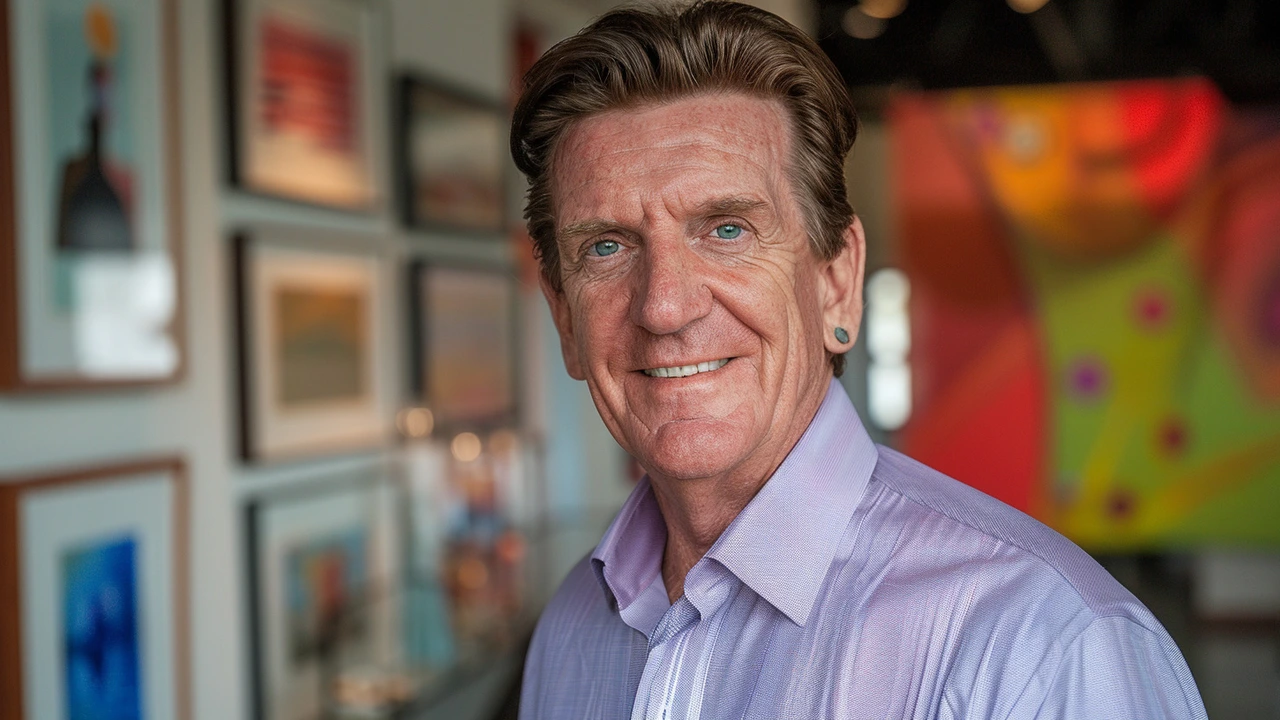Deep-sea exploration: what we find below the waves
More than 80% of the ocean remains unexplored, and the deep sea hides animals, minerals and processes that reshape our planet. If you want straight facts: the Mariana Trench reaches about 11,034 meters and pressures there crush most gear built for the surface.
Deep-sea exploration uses remote robots, crewed submersibles and smart sensors to study life, geology and chemistry where sunlight never reaches. Remotely operated vehicles (ROVs) send back video and samples. Autonomous underwater vehicles (AUVs) map seafloor features. Manned submersibles let scientists observe behavior in real time, but they are costly and rare.
How it works
Teams plan missions around clear goals: mapping, biodiversity surveys, or checking mineral deposits. Surveys begin with wide-area sonar to build maps. Then AUVs or ROVs run transects to image habitats and collect water and sediment. Samples go to labs for DNA analysis, chemical tests and age dating. Modern studies often combine imagery with environmental DNA (eDNA) to spot species without seeing them.
Pressure, cold and darkness create the main challenges. Equipment must resist crushing pressure and work reliably for long hours. Communication is slow; a signal from deep undersea moves back through a tether or acoustic link, not by cell phone. Cost matters too—a single deep mission can run into hundreds of thousands of dollars.
Why it matters for Africa
Africa's coasts front billion-dollar questions. Offshore mineral deposits, deepwater fisheries and carbon storage in seabed sediments all affect local economies and climate resilience. Nations from Morocco to South Africa are watching deep waters for scientific data and policy choices. Better maps reduce the risk of damaging habitats when industries expand.
Deep-sea biology also offers real benefits: enzymes from cold-adapted microbes help make new medicines and industrial catalysts. Understanding deep currents and sediments improves climate models that predict droughts and floods on land. That makes ocean science relevant to farmers, city planners and fishers.
You don’t need a PhD to follow or support deep-sea work. Watch live ROV dives from science centers, join citizen science projects that classify footage, or follow open databases like OBIS (Ocean Biogeographic Information System). Universities and NGOs often publish plain-language briefs and host public webinars.
If you care about policy, ask how your country manages seabed mining, fishing and marine protected areas. Good laws protect habitats and support local jobs. Follow our deep-sea exploration tag for stories on new discoveries, African coastal research, and the tech pushing exploration forward.
Emerging tech is making deep-sea work cheaper. Reusable AUVs, 3D seafloor mapping and cheaper sensors cut costs and let universities run more frequent missions. Startups use modular kits to build ROVs for under $50,000, while shared ship time programs let small teams book hours on research vessels.
Funding is diverse: government grants, private foundations and partnerships with fishing industries. If you want to pitch a community project, focus on clear benefits like fisheries data or coastal hazard maps. Simple proposals with local partners have higher chances of winning support.
Bookmark this tag for mission updates, photos and policy alerts soon.
- May 29, 2024
- Comments 13
- Technology

